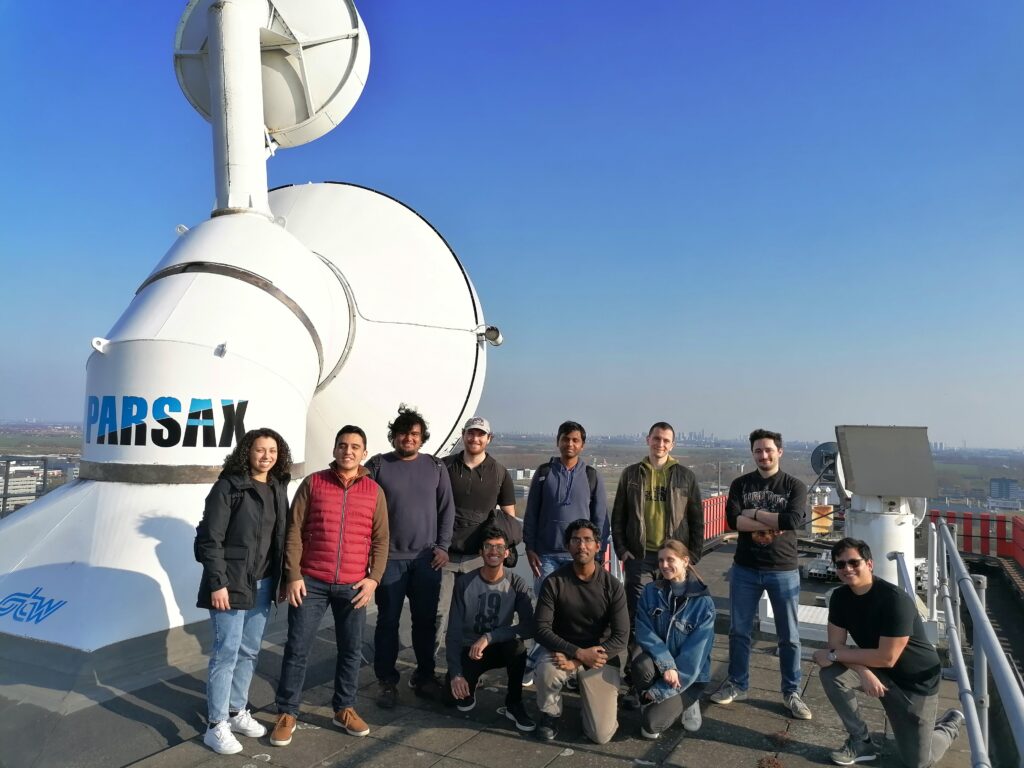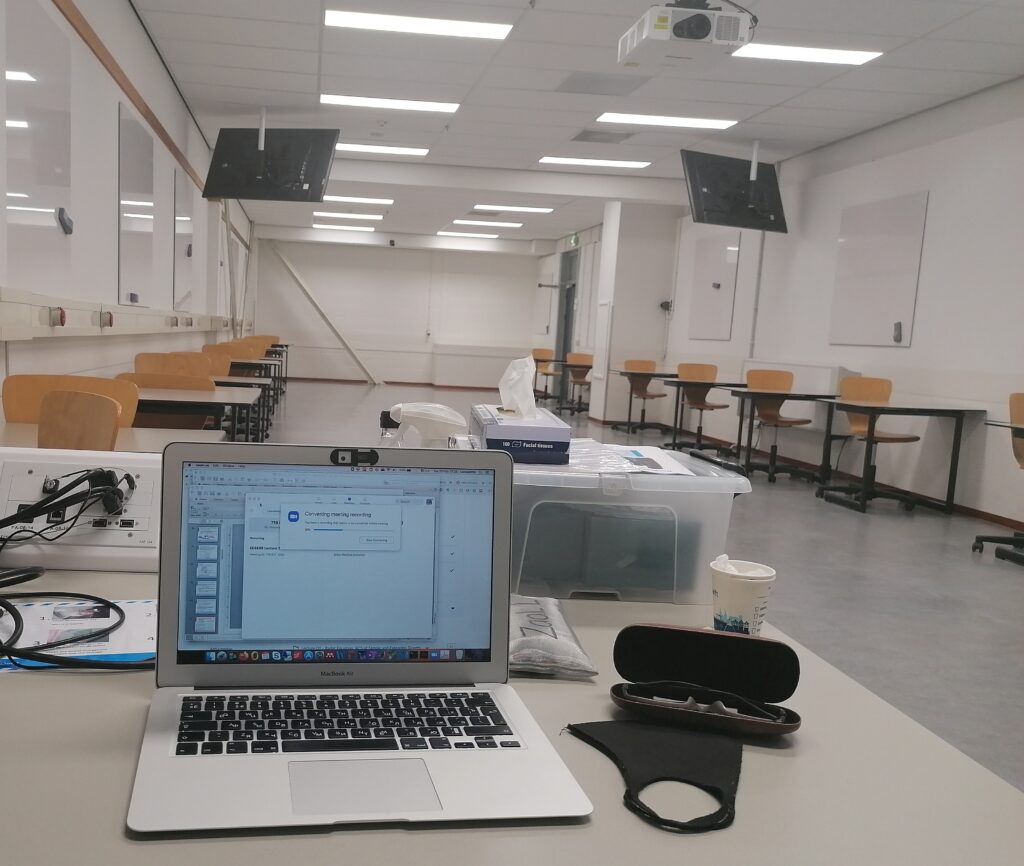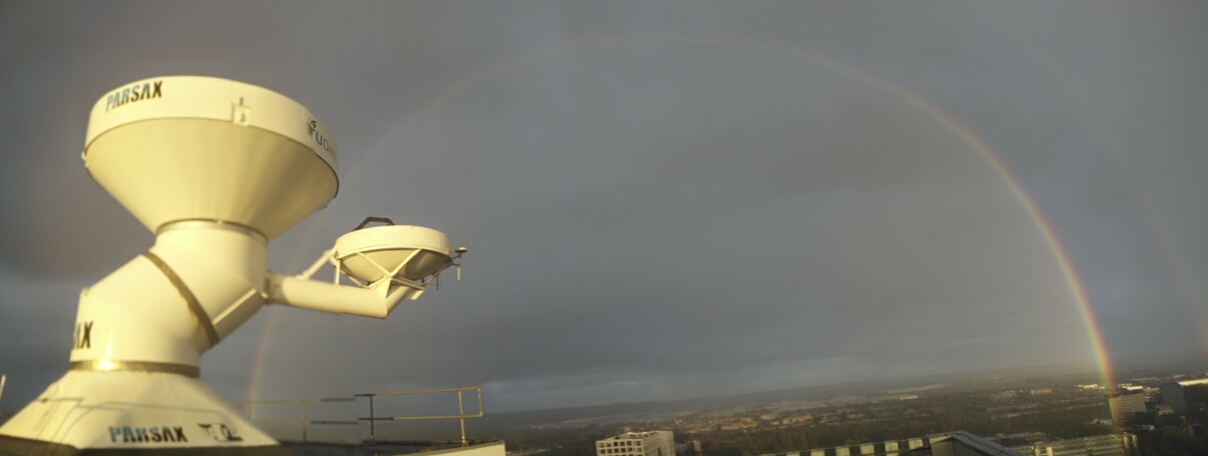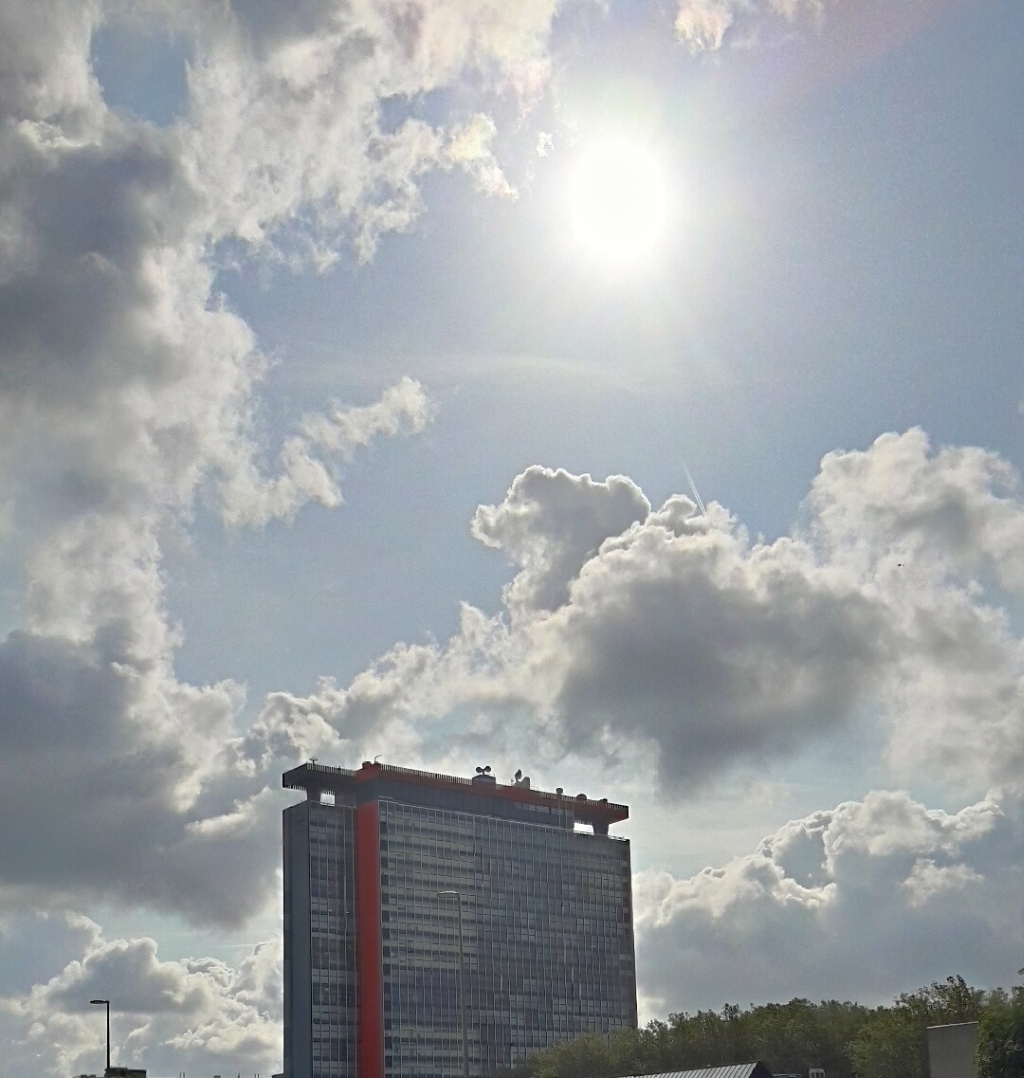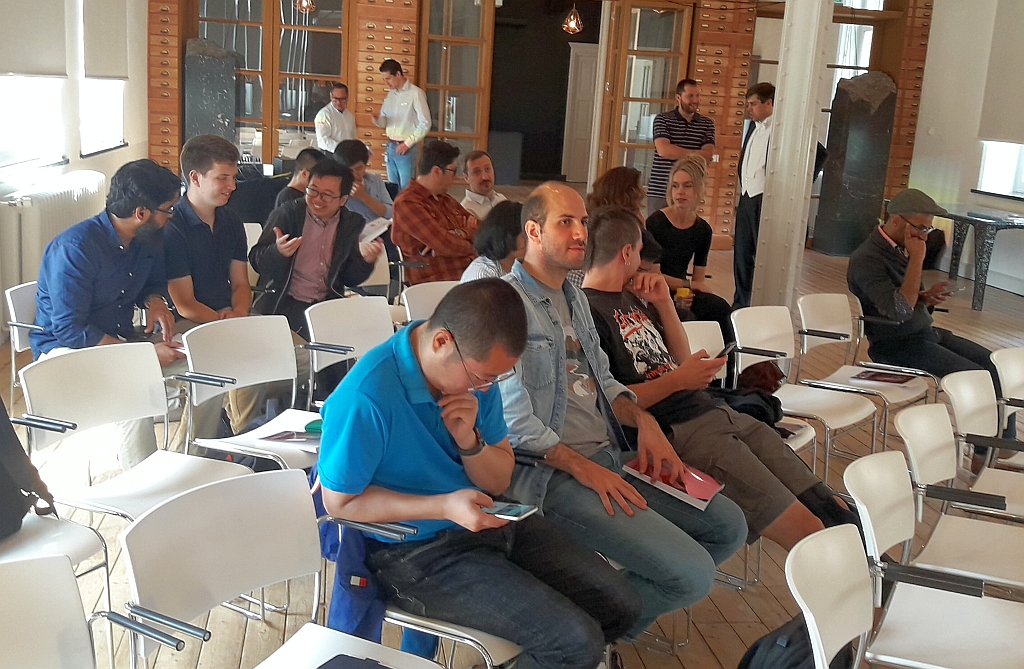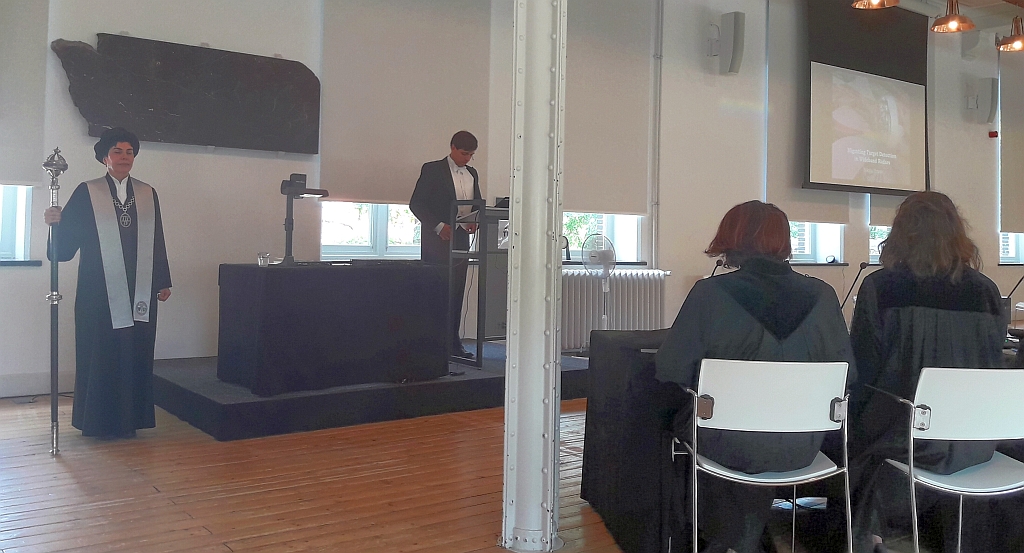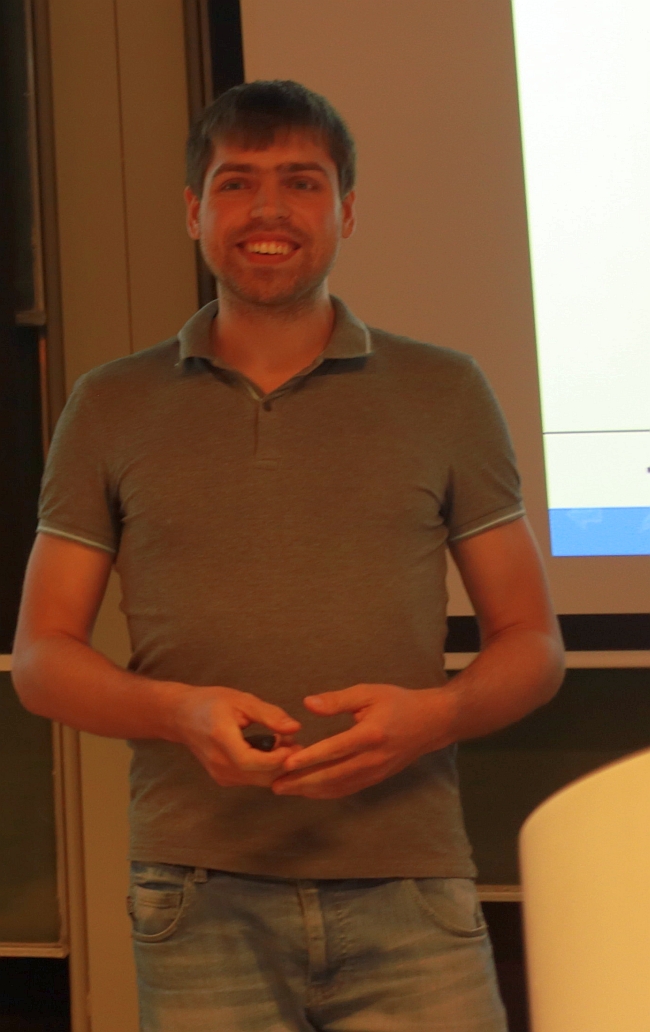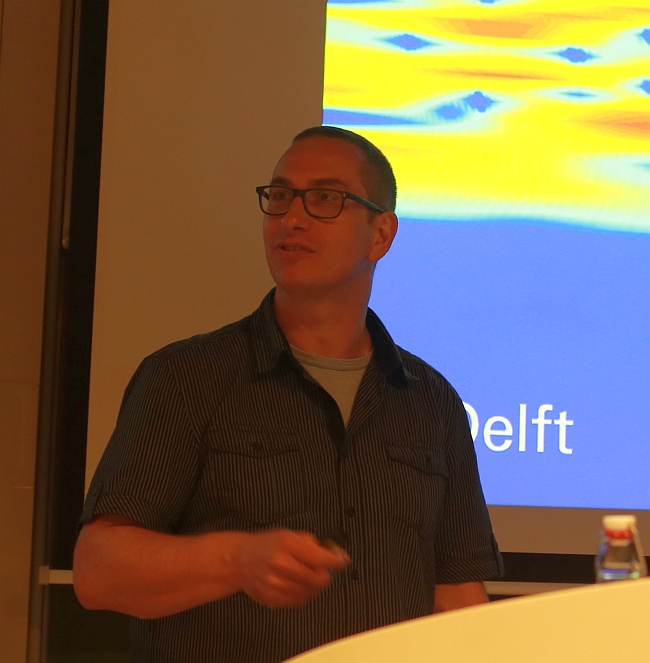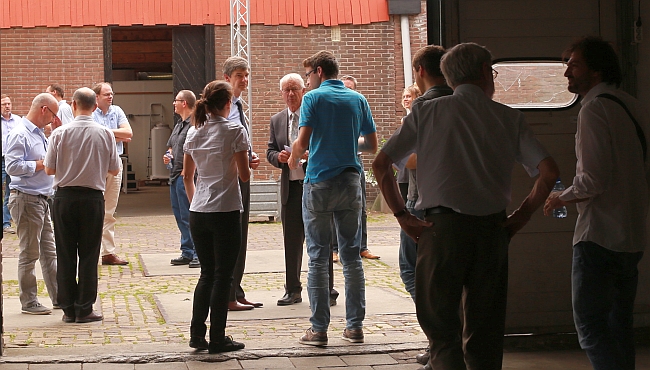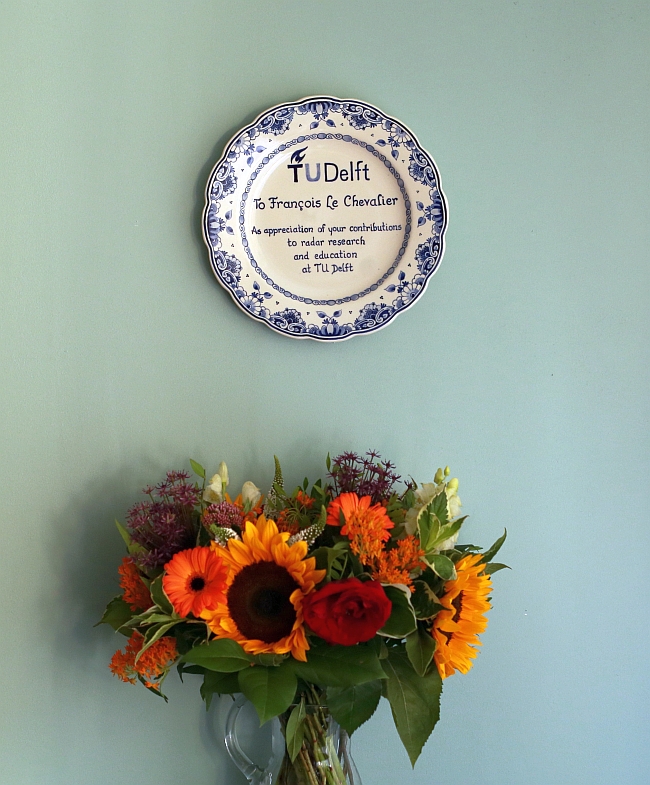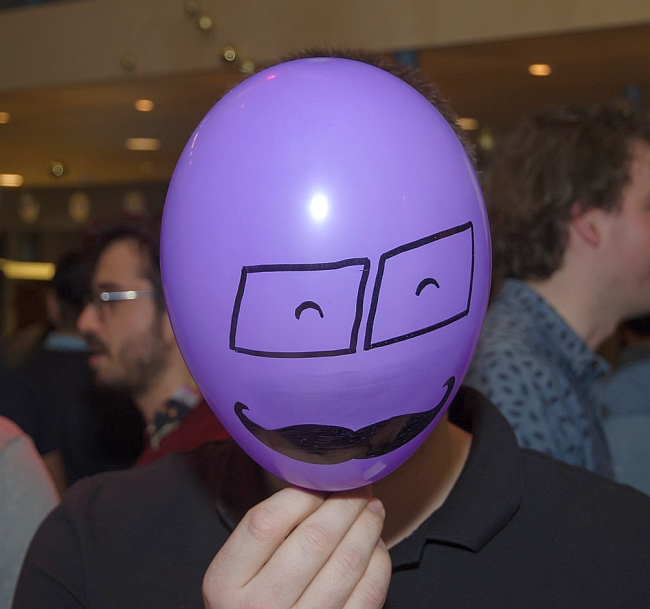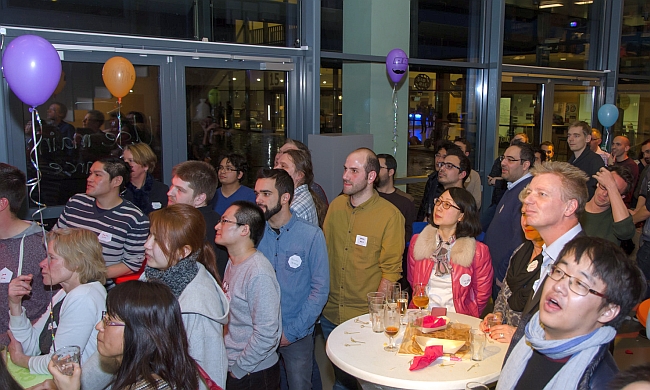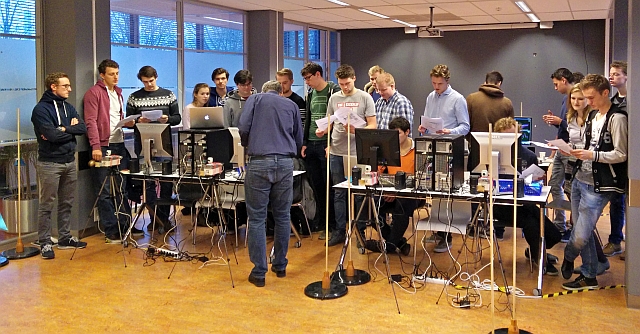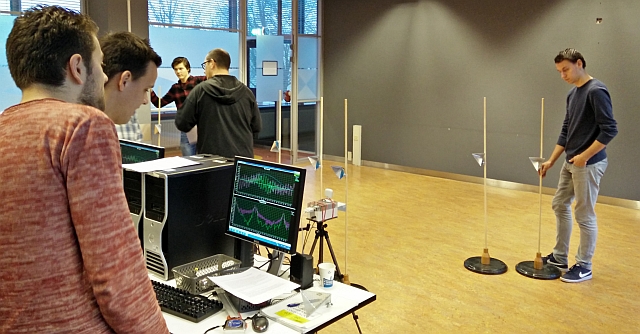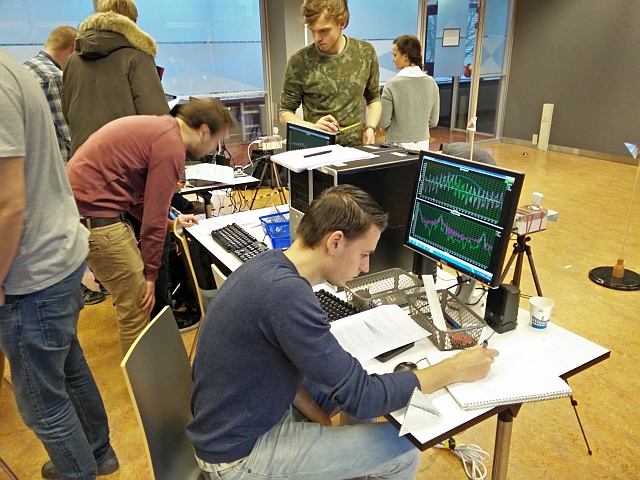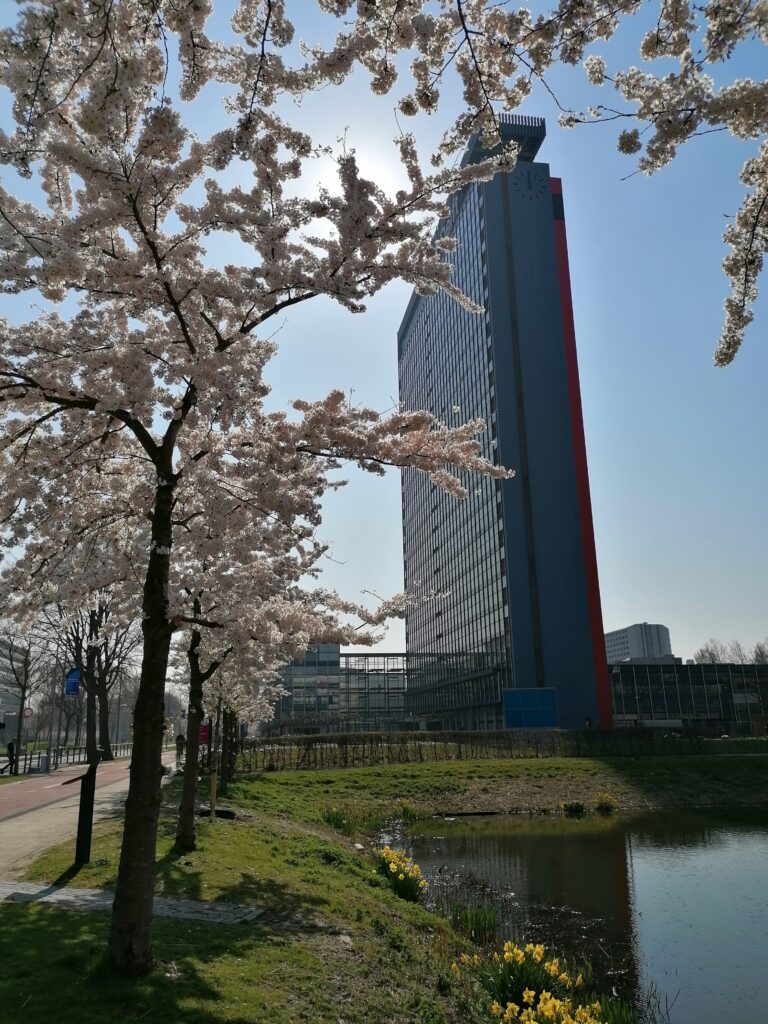
Blog Archives
There is spring already…
MS3 seminar – presentation “Ultra Wide Band Surveillance Radar” by Dr. Mark E. Davis, IEEE Fellow, IEEE Distinguished Lecturer
Ultra Wide Band Surveillance Radar is an emerging technology for detecting and characterizing targets and cultural features for military and geosciences applications. It is essential to have fine range and cross-range resolution to characterize objects near and under severe clutter. This lecture will provide an in-depth look into:
- The early history of battlefield surveillance radar
- UWB phased array antenna
- UWB Synthetic aperture radar (SAR)
- UWB ground moving target indication
- New research in multi-node ultra wind band radar
Lecturer Biography: Dr Mark E Davis has over 50 years’ experience in Radar technology and systems development. He has held senior management positions in the Defense Advanced Research Projects Agency (DARPA), Air Force Research Laboratory, and General Electric Aerospace. At DARPA, he was the program manager on both the foliage penetration (FOPEN) radar advanced development program and the GeoSAR foliage penetration mapping radar.
His education includes a PhD in Physics from The Ohio State University, and Bachelor and Master’s Degrees in Electrical Engineering from Syracuse University. He is a Life Fellow of both the IEEE and Military Sensing Symposia, and a member of IEEE Aerospace Electronics Systems Society Board of Governors, VP Conferences, and past-Chair the Radar Systems Panel. He is the 2011 recipient of the AESS Warren D White Award for Excellence in Radar Engineering, and the 2018 IEEE Dennis J. Pickard Medal for Radar Technologies and Applications.
Francois le Chevalier – Thanks a lot!
Dear friends,
Many thanks and warm gratitude to each of you for this superb day in Delft: with my wife Danièle, we have really been deeply moved, and admirative of the seamless organization, the quality and good humour of the presentations, the variety of persons, from the younger students – to which I owe a lot for so many good questions and lively discussions – to the … less young colleagues (but still younger than me – take care!), friends now!
Thanks to each of you, those who were there, and also to those who couldn’t come: these years shared between TU Delft and Thales are certainly my richest professional experience with human nature – and also the best part of my research! And those mornings in Delft, cycling along the canals – even when the weather was not …exactly Italian! – I will miss them, for sure…
Attached are several pictures selected by my wife – just a glimpse of so many exchanges and laughs! She especially appreciated the blue and yellow colours, Vermeer-style she tells me, of the ambiguity functions presented by Pascal. Also, the lifelines sketched by Nikita provide us with a … millenarist view of research achievements!
We will meet again, here or there – anyway, I need Delft from time to time, and there are conferences: Radar 2019 in Toulon, France! The splendid Delft-blue plate you offered me is on the wall, and my thoughts are with you: good health, open and creative thinking, human understanding and joined efforts – and perseverance!
Sincerely, I wish you the best
François
Francois Le Chevalier
Emeritus Professor, Radar Systems Engineering, TU Delft;
Chief Scientist (retired), Thales Land & Air Systems;
SEE, Président du Comité des Grades.

